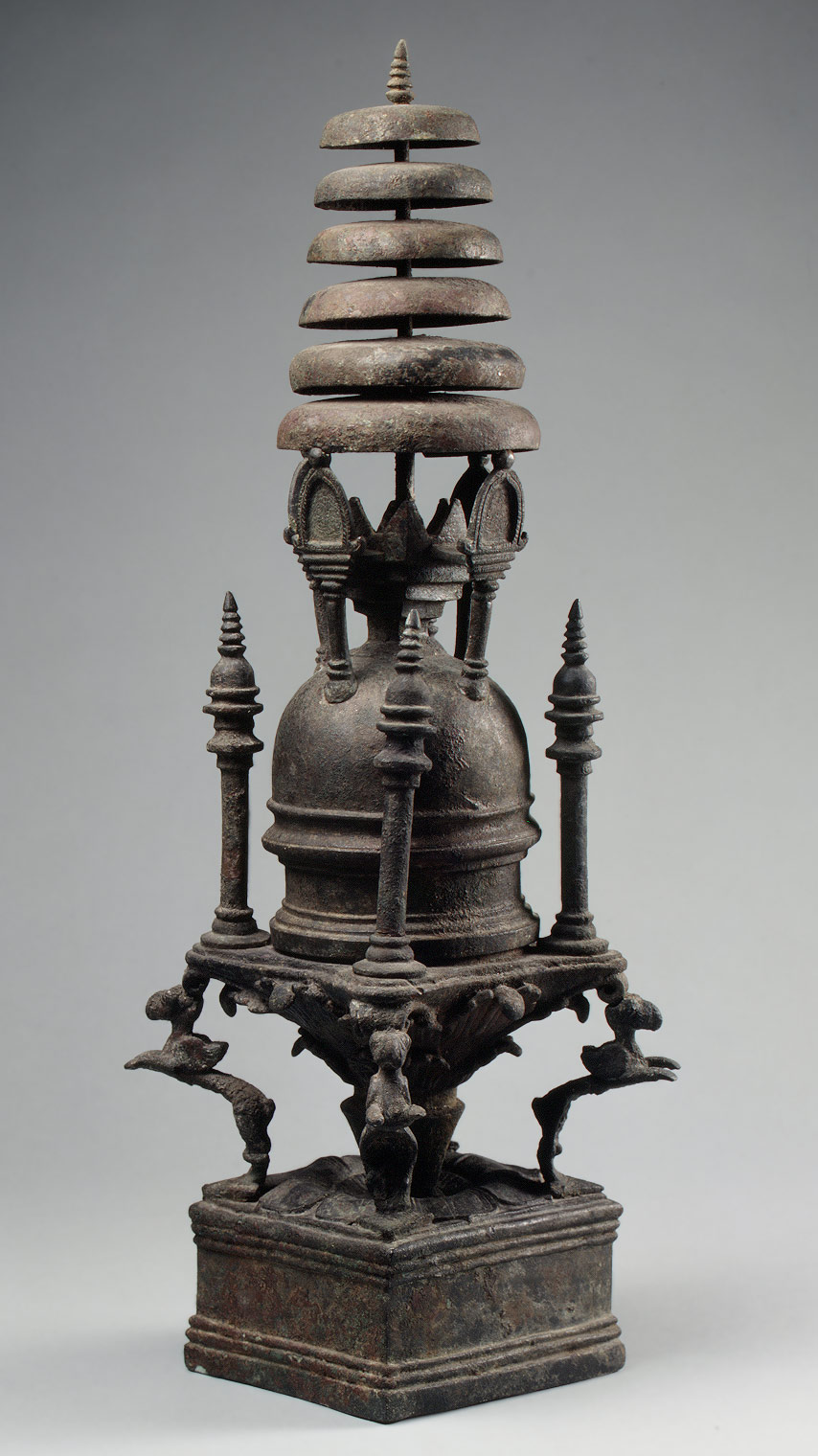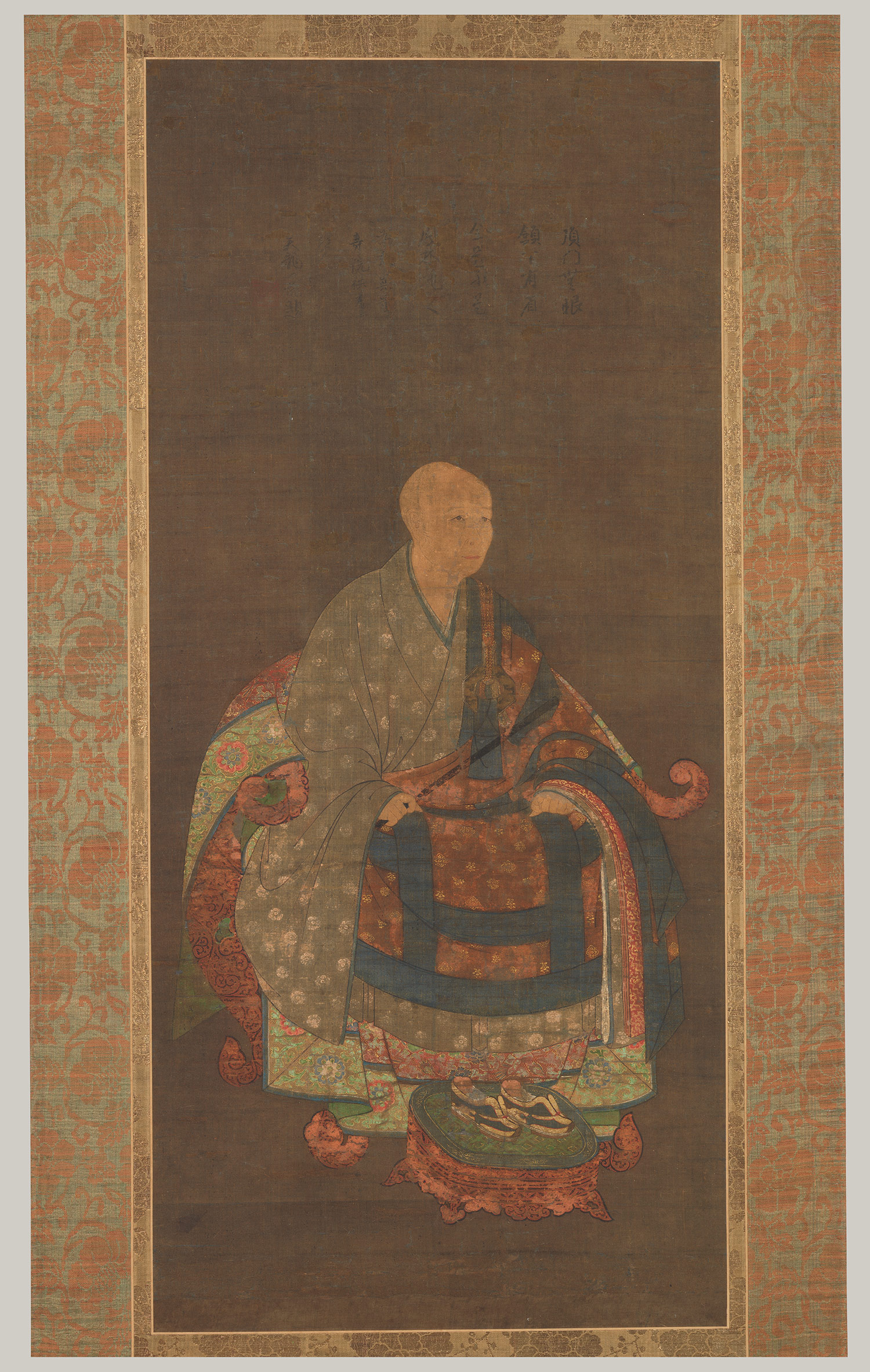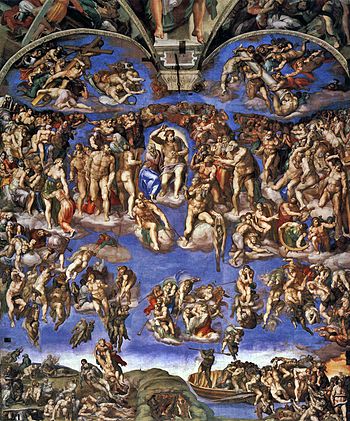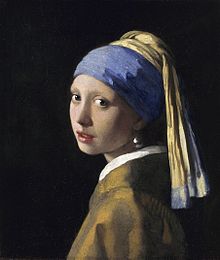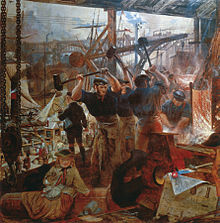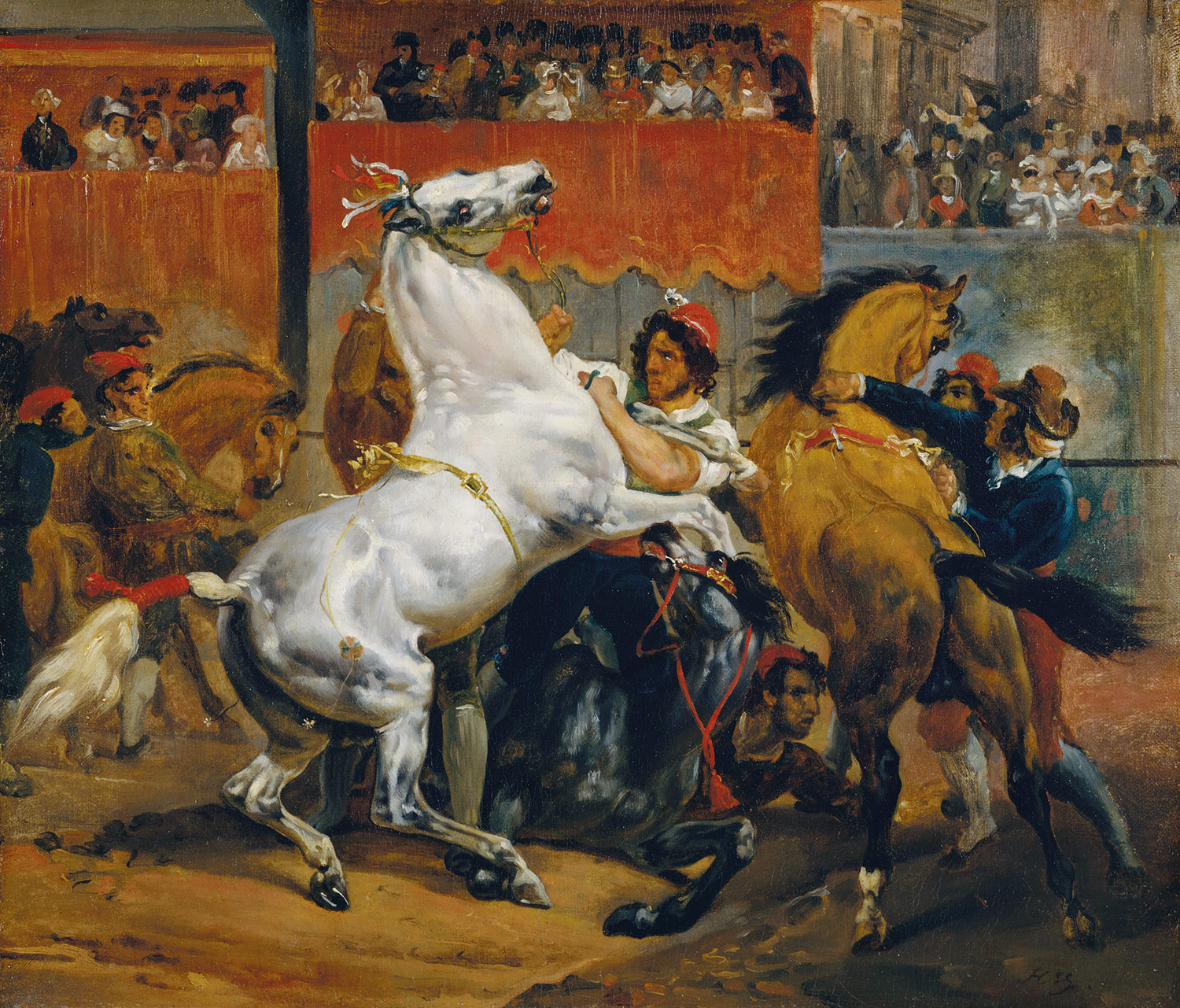TASK - Research the
work of illustrators in relation to contemporary animation or graphic novels
During the beginning of the 1970's and on wards, major technical advancements were being made and artistic and cultural media such as illustration, film and music grew in popularity and were being brought into the everyday world. Clothing became more outrageous and expressive due to the rise of social fashion movements like 'Punk' (which had evolved from the 1960's 'Mod' movement) and 'New Wave' (which was later introduced in the 1980's) which also introduced a new array of popular fashion designers who either helped create or took influence from the anarchic rising youth culture that was emerging at the time, such as Vivienne Westwood and her partner Malcolm McLaren.
Dresses designed by Mary Quant, Gina Fratini, Frederick Starke and Polly Peck. Bright, bold floral patterns were very popular due to the 1960's 'hippy' movement that was slowly dying out towards the end of the 1970's. (Taken from a copy of Vogue magazine 1970 edition)
And while things like comic books and graphic novels hadn't achieved worldwide popularity yet, animated movies from Walt Disney pictures were still very popular among cinema goers. Although movies produced by Disney pictures were aimed at families and children, more underground animated movies and tv series aimed at a much older audience were being made during the late seventies and early eighties. Movies such as The Beatles' Yellow Submarine movie, an animated adaption of J.R.R Tolkin's 'Lord of the Rings', Ralph Bakshi's 'Fritz the cat' and Japanese anime tv serials were being created and they differentiated themselves from the more child-friendly Disney movies with excessive use of animated violence, sex and gore and were therefore, aimed at adults and older teens and were seen as gritty, surreal and expressive.
Adult-orientated animation also influenced comic books and graphic novels, with series such as Marvel's The Punisher and DC's Batman series becoming less action-based and more dark, mature and gritty storyline-based and the use of flat inked colours was switched to black and white ink and pen drawings. Fans loved the new 'dark' method of story telling in comic books and the demand for similar stories in other comics were very high. The rise of these new, more serious comic books series gave new opportunities to underground writers and illustrators such as James O'Barr, who created the original graphic novel 'The Crow'.
James O'Barr wrote, illustrated and even printed and mass produced his original story, 'The Crow' in 1989 which was inspired by tragic events and experiences with his former girlfriend. It became a critically acclaimed classic and would later be adapted into a film in 1994.


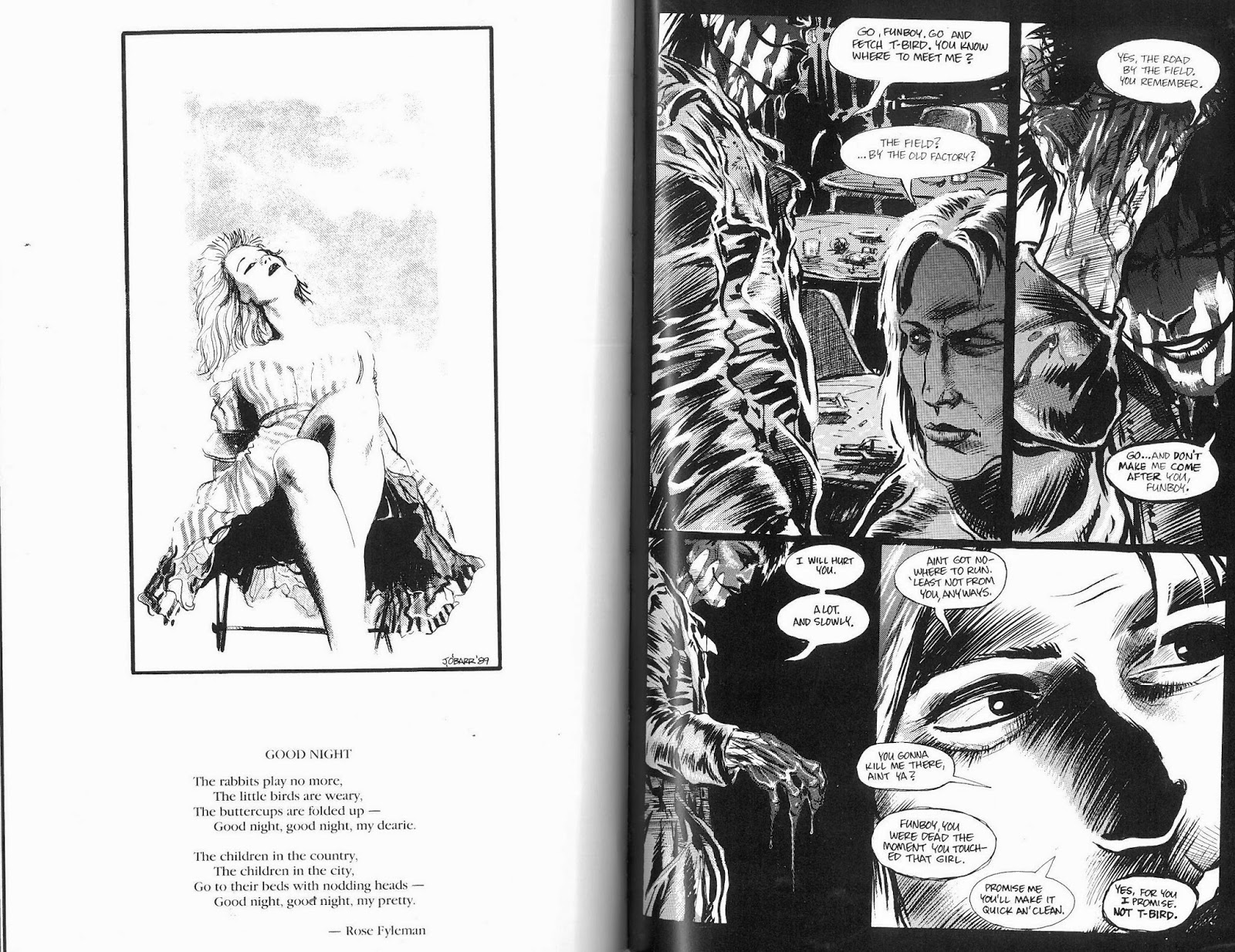
'The Crow: Special Edition' by James O'Barr
Music, fashion and art based magazines such as The Face and Deadline began to include short comic strip series in the 90's. One of the most famous is Jamie Hewlett's 'Tank Girl' series, which was shown monthly in Deadline magazine.
'Tank Girl: Volume one' by Jamie Hewlett and Alan Martin
Japanese manga books were also being translated into English, reprinted and sold to a Western audience after Japanese animated movies like 'Akira' and 'Metropolis' had caught the public's attention. Manga comics were very limited regarding colour and tended to only have each volume's front cover be in colour while the comic panels were drawn in black and white.
Some manga series were actually heavily influenced by American and European comic books. Series like 'Jojo's bizarre adventure' (1989-present day) by Hirohiko Araki (who would often reference american and european bands, musicians and actors in their character's names and appearances) and 'Dogs: Bullets and carnage' (2001 - present day) by Shirow Miwa (who would tend to draw his panels very big and spacious like the 'splash pages' in American comic books).
'Dogs: Bullets and carnage, volumes 4 - 5' by Shirow Miwa
Some modern day magazines specialize in only showcasing art, illustrations and short one-off comic strips in the magazines they produce.
Nobrow, for instance, is a publishing company based in the UK that produces it's own art magazine of the same name that specializes in screen printed, hand drawn or digitally drawn illustrations and comic strips. They don't include any include any written articles based on fact or interest like most modern day magazines and instead tend to base all of it's focus on it's illustration and comic strip based content.
Nobrow first started in 2008 and they publish books aimed at children and adults, mostly consisting of wordless picture books or story based light hearted graphic novels, much like it's official magazine content.
Bibliography:
'The silver age of DC comics, 1956 - 1970' by Paul Levitz
'Dogs: Bullets and carnage, volumes 4-5' - Shirow Miwa
'TANK GIRL: Volume one' by Jamie Hewlett and Alan Martin
'The Crow: Special edition' by James O'Barr
http://www.retrowaste.com/1970s/fashion-in-the-1970s/
http://www.thespectraldimension.com/2010/08/vogue-magazine-1970-witchy-woolwear-ad.html
http://www.nobrow.net/




